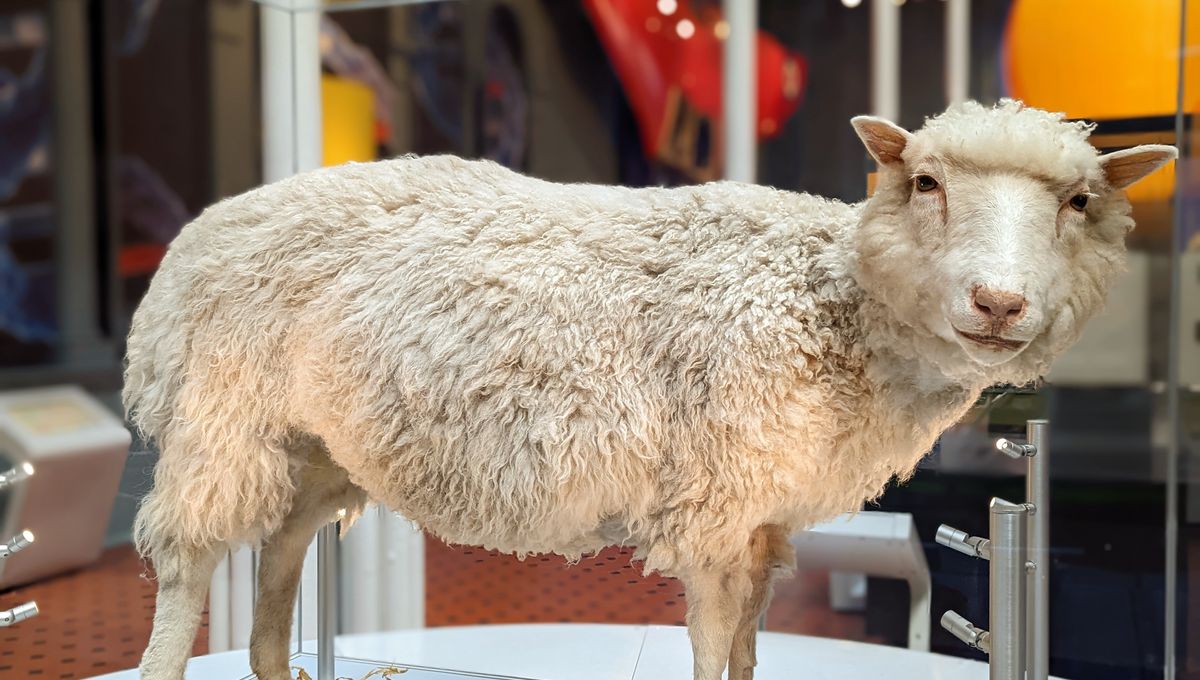
For scientists, 1996 was far from a quiet year: two Stanford University PhD students started a project that would go on to become Google, biologists sequenced a eukaryotic genome for the first time, and astrophysicists showed the existence of something supermassive at the center of the Milky Way. But one event in particular stands out from that year – the birth of Dolly the sheep.
Though we’re met with an abundance of cute little lambs every year, there was nothing routine about Dolly – she was the first ever mammal to be cloned from an adult cell, a feat previously thought to be impossible.
That’s because, while every cell’s nucleus holds a complete set of genetic information, not every cell makes use of all of it. An embryo starts off with stem cells that are capable of activating any gene, but as development goes on, you wind up with differentiated “adult” cells that have particular functions, and thus shut down the genes they don’t need.
Getting an adult cell back to a state where it was effectively embryonic again was the impossible difficult part – so how did they do it?
How to clone a sheep
In this case, “they” meant biologists Keith Campbell and Ian Wilmut, and their team, who were working at the University of Edinburgh’s Roslin Institute to come up with ways of creating genetically improved livestock.
As part of this work, Dolly was created using a technique called somatic cell nuclear transfer (SCNT). This involves taking the nucleus out of a cell from an adult animal – in this case, a mammary cell from a Finn-Dorset sheep –and placing it inside an unfertilized egg cell – from a Scottish Blackface – that’s also been enucleated.
In the case of cloning, there’s no fertilization with a sperm cell – that would introduce other DNA, which would somewhat defeat the point. To trigger the development of an embryo, it instead required the application of an electrical pulse.
The resulting embryo was then placed inside a surrogate ewe and then, on July 5, 1996, Dolly was born.
This technique would go on to be successfully used in cloning a multitude of other mammals, including horses, cats, and rhesus monkeys, but that doesn’t mean to say it’s easy to achieve. SCNT has its problems – Dolly was the only embryo out of 277 attempts to be successfully carried to term.
The life of a clone
Dolly’s birth didn’t go without controversy; it brought a significant scientific achievement into the public eye, but also sparked debate over the ethical implications of cloning, particularly if it could go on to be used for humans.
They were also concerns over the health of cloned mammals, particularly that they might age faster than they normally would. Despite that apprehension, Dolly actually went on to live a pretty normal life, doing normal sheep things, including giving birth to six lambs.
She was diagnosed with arthritis – although that diagnosis was later thrown into question – in 2001, which was successfully treated. Dolly remained healthy until 2003, when it was discovered that she had tumors growing on her lungs, and it was decided that it would be best to euthanize her.
Today, you can find Dolly on display at the National Museum of Scotland, where she stands as a reminder that science can achieve even what others have deemed to be impossible.
Source Link: Humans First Cloned A Mammal Back In 1996